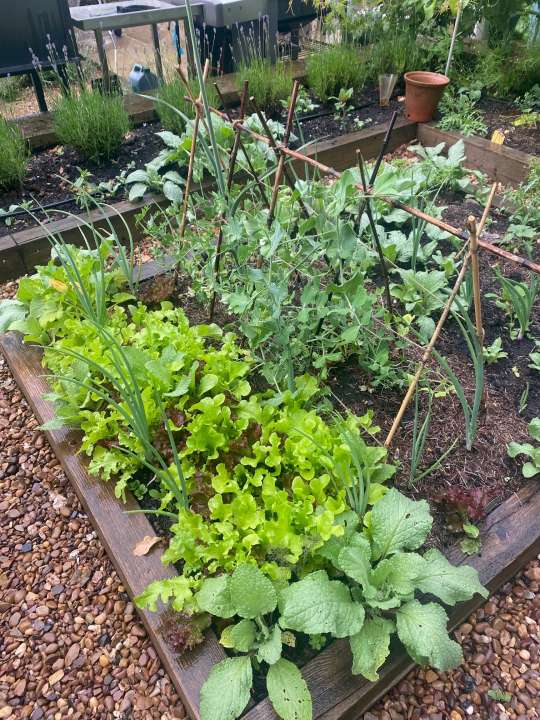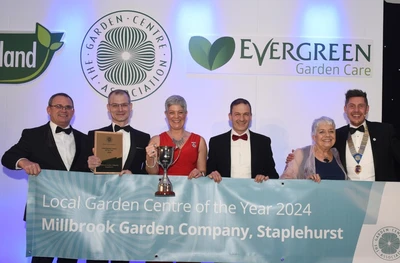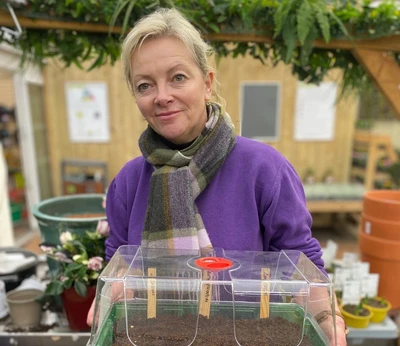From aphids and slugs to hot weather and disappointing courgettes, our competitors have had a few challenges to overcome this month in their 1m x 1m plots. It hasn’t stopped them (or their Millbrook minis) enjoying their first homegrown harvests! Read on for top tips and ideas from the team taking part in our Great Grow Your Own Challenge this Summer, and look out for more updates coming soon.
Jenny, Hospitality
Edible flowers and strawberry loving grandchildren
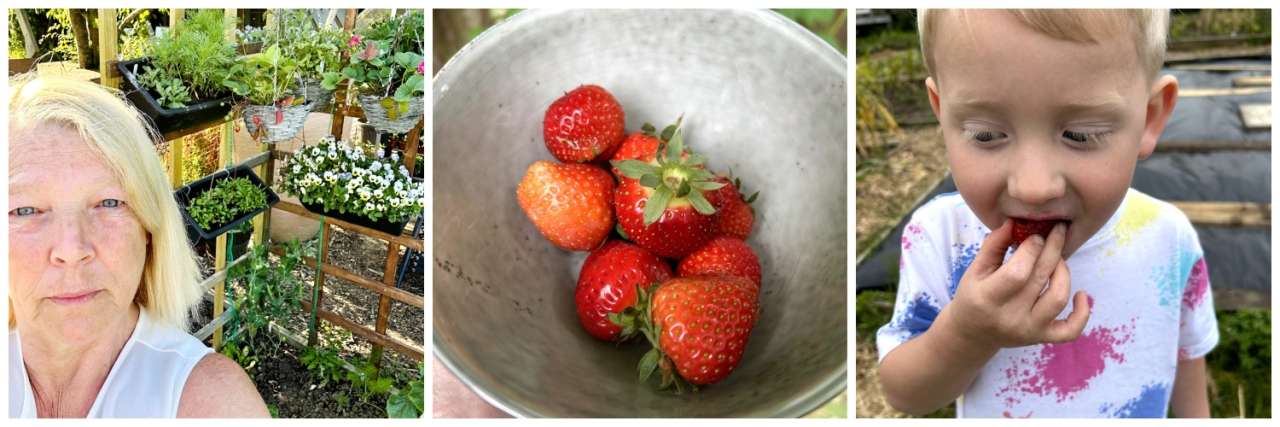
Here’s a little update on my plot. The main jobs I’ve been doing is planting out all my veg plants, sowing some salad leaf seeds straight into the ground and keeping on top of the weeds. Most of my crop has established well and is growing at a good rate. I've already cut some salad leaves and edible flowers to enjoy with my dinner. My little grandson Henry is eating my strawberries faster than I can pick them!
This month the hardest challenge has been the lack of rain, so I’ve been busy trying to keep the plants happy, healthy and hydrated. I do have some large water butts which have been collecting the rain water over the winter months which I've been using a lot.
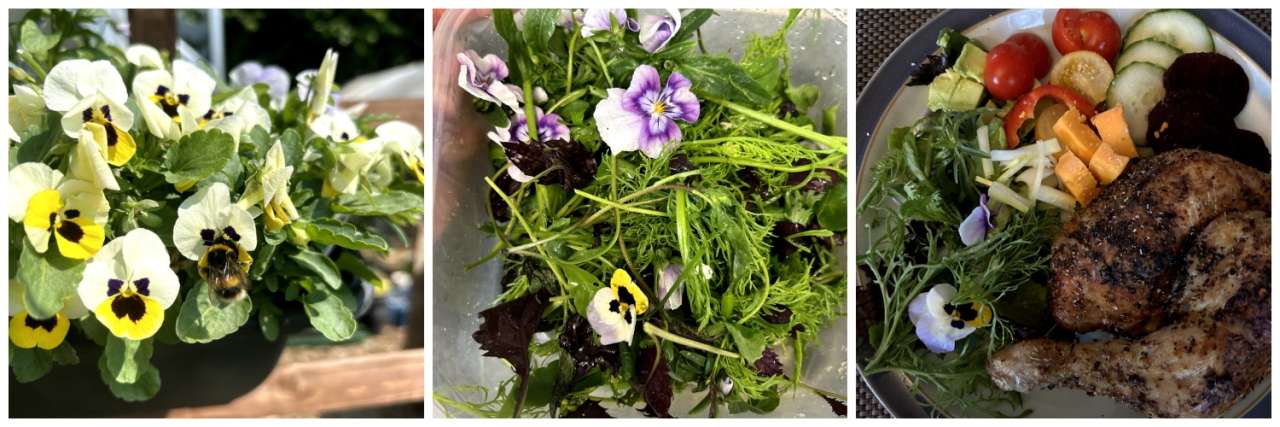
Also the slugs are out in abundance. I have been using Growing Success Organic Slug Stop barrier pellets which I purchased from Millbrook to help prevent the slugs from devouring all my crops. It seems to be working great!
My tips this month are to keep on top of the weeds and feed your plants. I like to use pure chicken manure mixed with water (I keep chickens.) This month I would like to relax a bit and reap the rewards of my patch, and plant more to replenish what we’ve eaten.
It’s been really rewarding watching the wildlife enjoying my plants as much as I do!
Hazel, Garden Centre Assistant
Growing in an unusual vertical patch
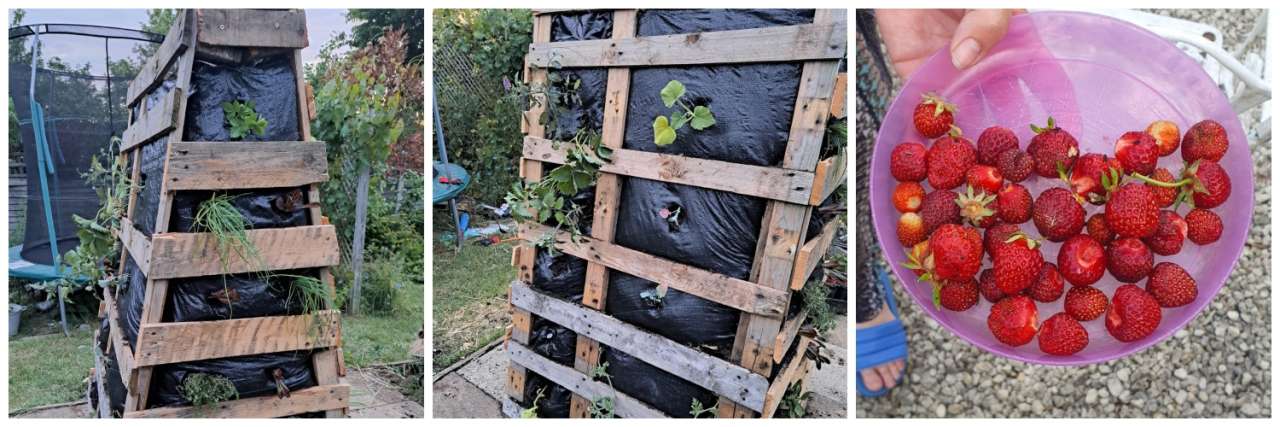
Scroll down to see how Hazel built her unusual vertical patch!
Now I've created my structure all I've been doing is planting and and watering when needed. My plot seems to be fairly low maintenance, and fingers crossed it will stay that way! My plants are still small but look healthy. In my structure I have planted:
- Pumpkins and watermelons – that I will tie upwards. I’m hoping they will disguise my cabbage and broccoli from the pigeons and cabbage white butterflies.
- Sweetcorn - planted in a grid so they help pollinate each other. This is better as sweetcorn is wind pollinated.
- Tumbling tomatoes that will hang down.
- Courgettes - planted one at the top, on the sunnier side, and one at the bottom on the shadier side to see which one produces more fruit.
- Cucumbers - planted in different positions, again to see which one will produce more.
- Herbs – on one side of my structure including alpine strawberries, chives, lettuce, thyme, oregano and sorrel.
- Spring onions that are coming on nicely.
I’ve also sown some dried peas in the top which I am hoping will germinate. As I’m only going to be eating the pea shoots I planted them closely. I’ve also sown cut and come again lettuce. My strawberry plants have fruited and we’ve managed to harvest enough for my boys to have a bowl each with cream. Now they have fruited I will take them out and replant them somewhere else to give my tomatoes more space to trail.
The biggest challenge at the moment is when I water the compost comes out, so I’m having to put compost back in regularly. As it is an unusual way of planting and an experiment, I have no idea what the next month will bring and my plants may not even like being planted this way! With the weather now heating up my top tip this month has been to keep mulching to help save water, suppress weeds and improve the soil.
Tammy, Managing Director
Bountiful salad but disappointing courgettes
The salad has grown really well and I’ve been picking salad almost every day over the last week. No edible flowers yet but they are coming. The onions around the edge are growing well and I’ve picked one meal worth of sugar snap peas already.
The only disappointment is the courgette plant which is growing very slowly, but time will tell. I’ve just sown the next crop of cut and come salad to harvest in a month’s time.
Dan, Senior Plant Manager
Plenty of watering and tackling aphids
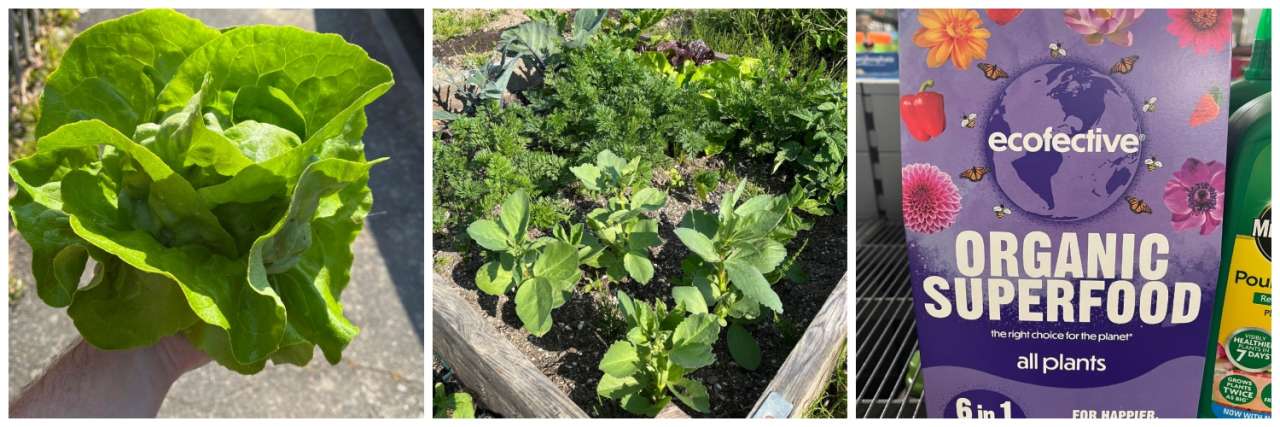
The main job this month has been watering. The consistent sunny and dry weather has made watering quite a challenge. We’ve also been weeding, but due to the weather that hasn’t been such a problem. Mostly it has been the tougher perennial weeds that are still cropping up from time to time such as Horsetail.
The veg are coming along really well! The lettuces are already being harvested - they grew quickly and strongly in the summer sunshine this month. The beans are growing fast too. The tomato plant was a little slow to get going but as the weather has warmed it’s begun to flower and we hope to get some tomatoes swelling soon. We’re really pleased with how the carrots are coming along. Frank has already started pinching some small ones to eat!
Apart from the watering being tough to keep on top of we’ve been struggling with aphid infestations on the broad beans this year. This has been a problem for everyone on the allotment and some people have ripped out entire rows that have been badly affected. I’ve been using physical control to pick large amounts off but I always leave a few, as food for the ants who like to feed on the honeydew they secrete.
I have started to apply some organic fertilizer in the way of Ecofective Organic Superfood. This comes in a handy pelleted form to mix into the top layer of soil to give everything a boost. Hopefully by the next catch up we will have some beans setting on our plot, some tomatoes well on the way and the next batch of lettuce already growing strongly!
My top tip for this month - It isn’t too late to get involved with some vegetable gardening this year! You can still sow carrots, dwarf French beans, radishes and lettuce and have plenty of time for great crops later in the year. Later grown carrots are often better as they tend to suffer less with carrot fly problems and they will provide fresh vegetables for you in the autumn and even for Christmas.
How to make Hazel’s vertical veg patch
I measured and dug over a one metre plot. I then got 5 pallets that I screwed together to create more height. I added and took out slates, to create areas in between to put my plants. I lined my structure so it would hold the ‘stuffing’ - horizontal and vertical logs, layered with straw and woodchip, and a final layer of homemade compost from my own garden. I then made holes in the lining and planted into the structure.
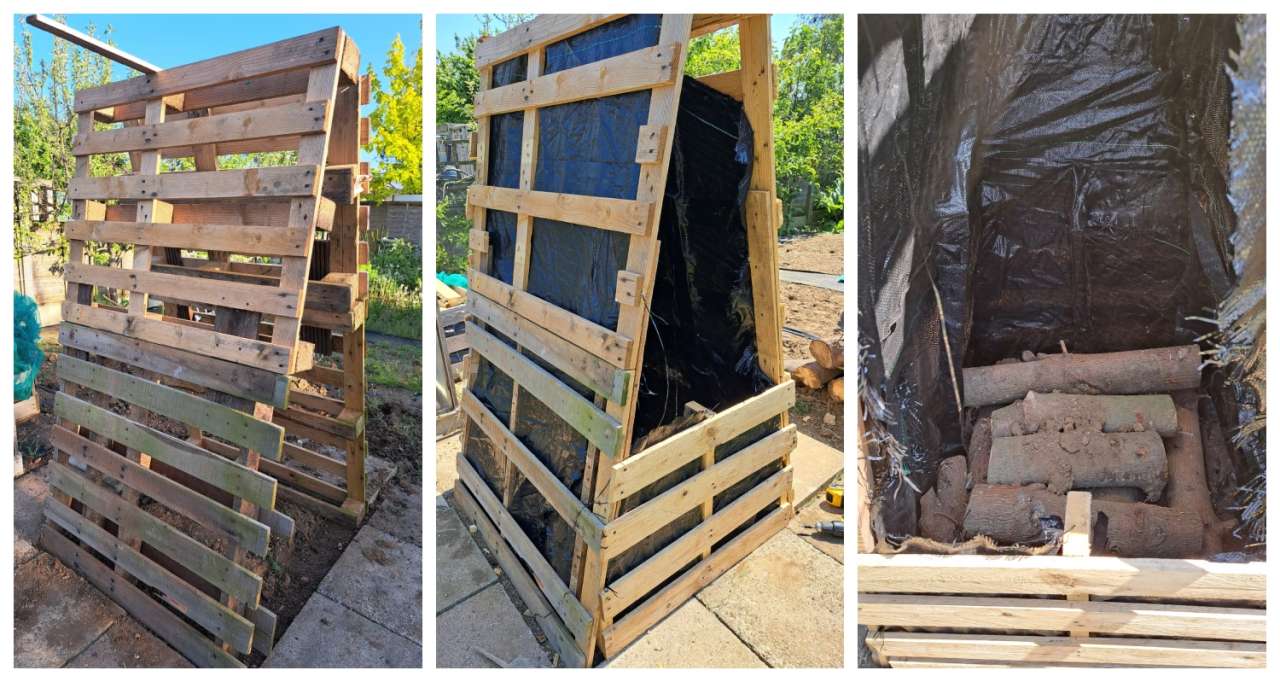
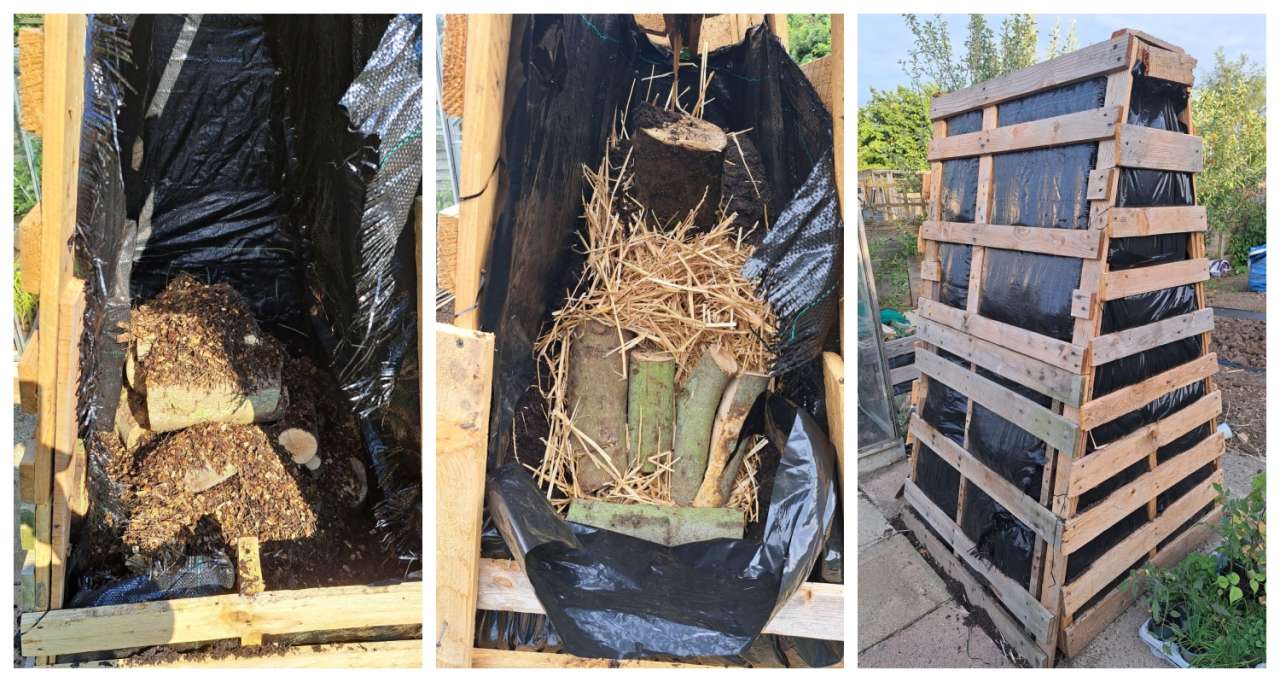
Look out for more updates from our Grow Your Own gardeners over the summer! Meanwhile, we would love to see what you're growing at home. Tag us in your photos @millbrookgardencentre #millbrookgrowers on Facebook or Instagram and we will share our favourites.

